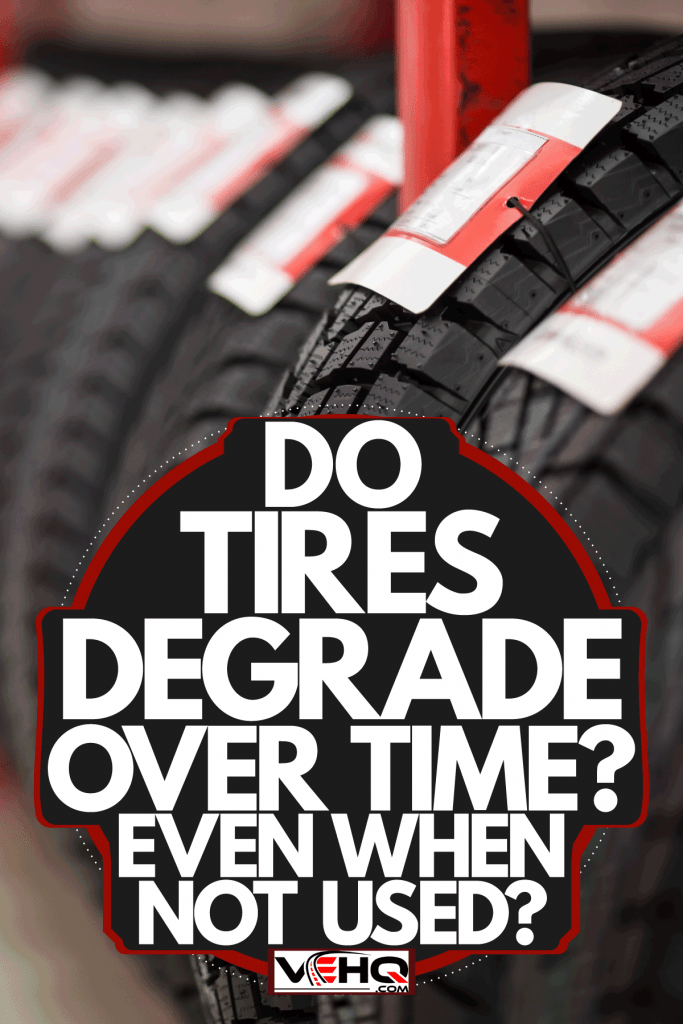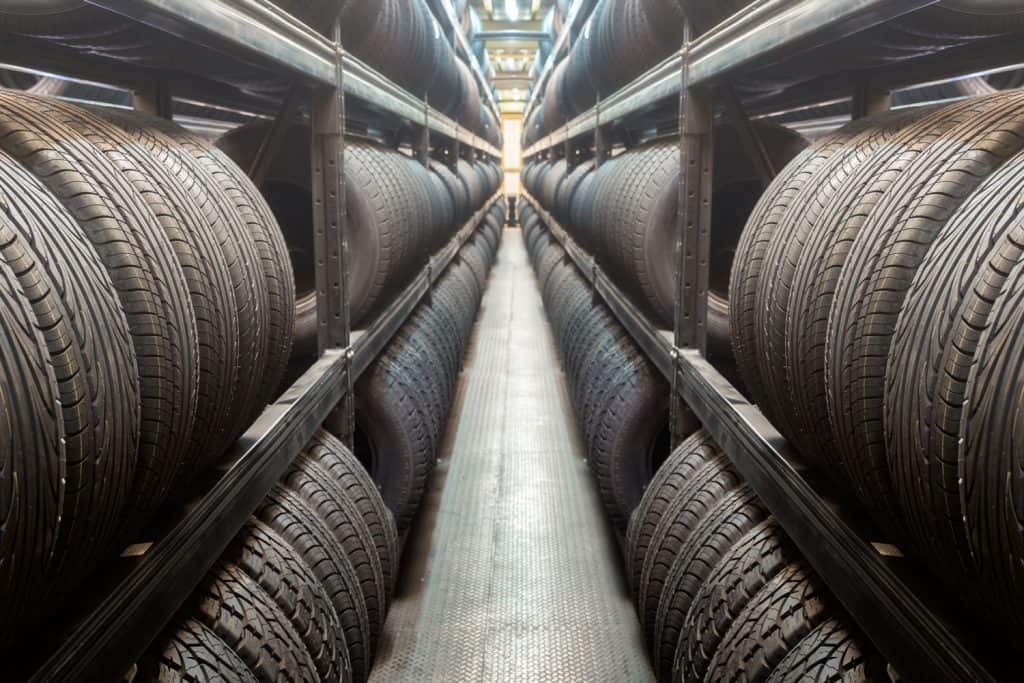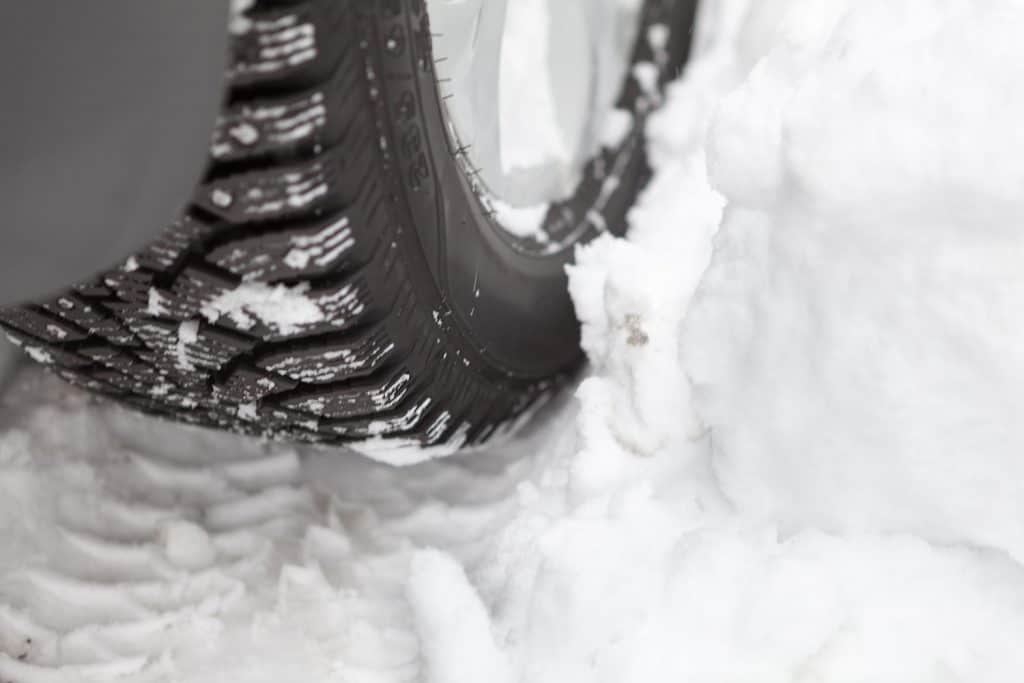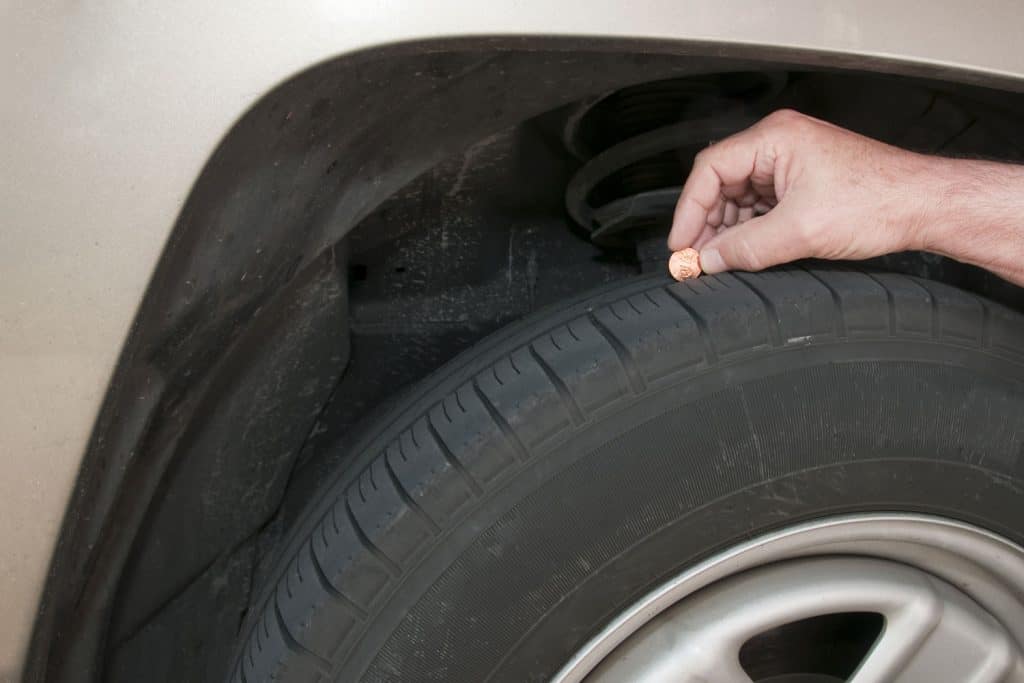For most people, tires are the last part they think about regarding a vehicle. It's one of the crucial components that need frequent inspection, depending on your environment. Over time, you might start to notice some signs that your tires are beginning to degrade. Do tires degrade in the first place? If that's what you're trying to figure out, let's take a deeper look into it!
It wouldn't be surprising to know that, yes, tires do degrade over time. In general, the original tires your vehicle came with should last you about 6-10 years or 50,000 miles. After this period, it's recommended to replace them with a new set. Even when tires are not in use, they do tend to degrade as time goes on. They begin to develop cracks that can compromise the structure of the tire.
So, you might've learned something new in the past few minutes regarding tires. Learning that a tire can degrade regardless of use can raise more concerns. For example, how long can they sit unused? Additionally, you might want to take some time to set the record straight regarding the penny test. If these are some concerns you have, keep reading ahead to find out more.

How Long Can Tires Sit Unused?
Let's first go over how long a tire can sit unused. Additionally, we'll go over why the age of the tire matters more than the tread depth. In general, tires can sit unused for 6-10 years. Though, after the six-year mark, an annual inspection will be necessary.

You might ask why that is. After six years, you want to inspect the tires annually to ensure they're still serviceable. It can be confusing. Why does an unused tire need inspection if it wasn't exposed to conditions outside?
Aging
Like many other materials, rubber tends to age as time goes on. How quickly it does so depends on several factors. One of the first elements for degrading rubber is oxygen.
Oxygen is responsible for the degradation of rubber on the inside and outside. Additionally, most tires are inflated with compressed air. Oxygen makes up 21% of compressed air. As a result, the rubber begins to oxidize twice as fast.
Regardless, even when a tire is not in use, it will be exposed to oxygen in any situation. Oxygen makes the particles present in rubber harden and become less flexible. For this reason, you'll begin to notice cracks on the tires after a few years.
Other Factors
Oxygen is not the only element responsible for the degradation of rubber. The other factors to consider are:
- UV light
- Ozone exposure
- Heat
- Storage method
- Humidity
They all play a crucial role in how long the rubber from the tires will hold up. A tire typically has a line of defense against UV light. But, as time passes, it loses the ability to stabilize it. As a result, the tire will eventually become exposed to UV rays.
Regarding ozone, the type that is destructive towards car tires is a result of manmade pollution. If you're not familiar with what ozone is, it's oxygen with an extra atom in it. It similarly interacts with rubber as oxygen does. Manufacturers also prepare a line of defense to protect against ozone degradation.
But, it's only useful when the tire is in use. When it isn't in use, there's little to no circulation being provided. As a result, it doesn't help slow down the aging process.
Storage Method
The way you store the tires is another crucial aspect to consider. If you keep them in random areas that are not climate-controlled, you risk the potential to expose your tires to heat and humidity. When exposed to both, it makes the degradation process faster.
In general, tires should be in a room that ranges anywhere from 32-77 degrees Fahrenheit. It should also be away from sunlight or any strong artificial light. Lastly, it has to be away from equipment that can produce ozone. The list of ozone-producing equipment includes generators, electric motors, fluorescent lamps, and more.
How Old Can Winter Tires Be and Still Be Safe?

The answer to this question can be a little complicated. It's tricky because there's no official life expectancy for a tire. That's also true for winter tires. For this reason, manufacturers will typically give you a guideline of how long the tire may be able to last.
Regarding winter tires, it depends on how well you stored the tire, what conditions it was exposed to, and much more. In general, manufacturers estimate winter tires can last you about four seasons of winter. In the measurement of time, it can be anywhere from 1-4 years old and still be safe for usage.
Of course, after this timeframe, you'll want to inspect your tires to find any signs of degradation.
What Is the Lifespan of Car Tires?
The lifespan of car tires depends on the lifestyle of the user. In general, tires can last anywhere from 6-10 years. However, as some suggest, it's more likely that your tires will last you 3-5 years. This timeframe is more realistic if you drive regularly.
Still, more factors determine the lifespan of a tire. As we mentioned above, tires can degrade over time. It's a natural process that you won't be able to stop. Though, there's a distinction to be made in this situation.
Wear and Age
You might have already guessed it. Tires that are in regular use will become worn over time. On the other hand, tires that aren't used frequently will experience aging. Aging differs from wear regarding the structural integrity of the tire.
As some suggest, tires need to be driven to allow the chemicals in rubber to remain effective. Wear is one aspect that you will already be familiar with. Tires will lose traction over time. In either case, you'll want to replace the tire with a new one as soon as possible.
Is the Penny Test for Tires Accurate?

If you're new to cars or are interested in brushing up your knowledge in tires, you might have heard of the penny test. It's a way to check your tire's tread to know when you should change them. If you can't see the top of Lincoln's head, your tires are still serviceable. However, if you can see the top, you'll need to replace your tires.
It's a quick way to check how worn your tires are. But, the crucial concern comes in the accuracy of the test. As some suggest, no, the penny test isn't foolproof. Accuracy comes into question when only part of Lincoln's head is covered.
Click here to see this tire depth gauge on Amazon.
In this situation, you'll have to guess when you should replace the tires. For this reason, many recommend buying a tire depth gauge. This way, you can ensure you can get reliable results.
How Can You Tell if Tires Need To Be Replaced?
There's a lot to consider when you're deciding if your tires need to be replaced. So, let's go over the steps for checking if it's time to get a new set of tires. To inspect your tires, you'll need to:
- First, check the tread bar of the tire. In general, tread bars will sit at a lower depth than your tire treads. If the treads are now level with the bar, it indicates it's time to look for a replacement.
- Next, you'll want to check the wear of the tread. You can use the tried-and-trusted penny test. Though, for better accuracy, use a tread depth indicator. In either case, if you can see the top of Lincoln's head or the indicator reads less than 2/32 of an inch, you will need to replace the tire.
- If the treads look fine, it's time to look out for abnormalities. Is one side more worn than the other? It could be an indication of wheel misalignment, improper inflation pressure, and more. In any case, you'll want to replace the tires. However, more importantly, you'll want to head to a tire workshop to fix any problems that could have caused this irregular tread wear.
- Check for any bulges or bubbles in the sidewall of the tire. If you find any, it indicates the structural integrity is significantly reduced. Driving on a tire with bulges or bubbles on the sidewall presents a risk of a blowout or sudden failure.
- Finally, locate the four-digit code on the wall of the tire. It tells you the week, and year the tire was made. The first two numbers indicate the week. And, the last two show the year. If your tires have been in service for more than six years, replace them with new ones.
Sometimes words aren't enough to help. So, for the visual learners out there, here's a quick YouTube video briefly covering what to look for:
Final Takeaway
Tires play a crucial role in how your car performs on the road. Even when they're not in use, tires degrade. By learning how to identify the problems aging causes, you can ensure you'll be safe on the road. We hope you found the information above helpful!
Before you go, do you have other tire concerns? Did you get a nail stuck in one? If you're wondering how to fix it, check out our post here.
Do you need to drive on low tire pressure? We go over how to do so safely! To find out more, check out our post here. Safe travels!

